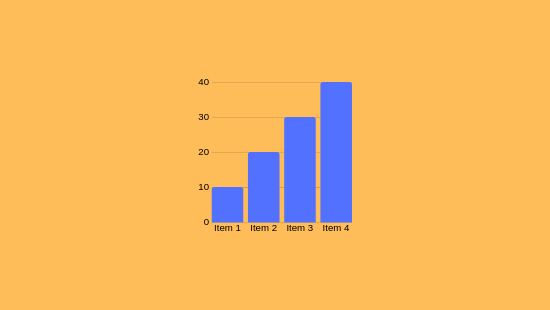Forex Indicators: How They Work
Forex Indicators: How They Work
Blog Article

As you delve into forex measurements, you'll discover they're mathematical tools analyzing price and volume data to predict market behaviors. These instruments assist in identifying market patterns, validating signals, and uncovering overbought or oversold situations. For example, the RSI gauges momentum, while Bollinger Bands measure variability. Refining your trading strategy by integrating these indicators is crucial, especially if you aim to control risks adeptly.
Grasping the Core of Forex Indicators
Forex measurement tools are mathematical aids embedded in graphs to assist traders in scrutinizing market dynamics and making informed decisions. They offer insights into price changes and market possibilities by examining past and present market figures.
Forex indicators are divided into four main types: trend indicators (e.g., Moving Averages), momentum indicators (e.g., Relative Strength Index), volatility indicators (e.g., Bollinger Bands), and volume indicators.
These tools can signal reversals, validate ongoing patterns, or highlight overbought/oversold climates. If you're looking to enhance your methodologies, understanding these indicators is vital.
Categories of Forex Analytical Instruments
Upon evaluating market trends, investors usually employ a selection of measures to aid in decision-making.
Forex tools are categorized into different types, each fulfilling distinct functions.
Trend Indicators like Moving Averages (MA) and Bollinger Bands assist in detecting trends and possible price surges.
Momentum Indicators, including the Moving Average Convergence/Divergence (MACD) and Relative Strength Index (RSI), recognize shifts in price momentum and highlight overbought or oversold conditions.
Volatility Indicators like the Average True Range (ATR) quantify market variability, helping traders in setting stop-loss thresholds.
When applied wisely, these tools can enhance trade outcomes.
Essential Instruments for Trading Choices
To executive insightful investment choices, grasping and utilizing key measures that analyze market conditions is imperative.
Moving Averages track mean trade values over specific periods, revealing trends by evening out variations.
The RSI gauges market force on a 0–100 scale, indicating excess buy above 70 and signaling oversold scenarios below 30.
MACD analyzes two EMAs to validate directional trends, with graphical representations illustrating bullish or bearish phases.
Bollinger Bands utilize variability measures around a moving average to determine volatility and potential reversals.
Retracement intervals denote support/resistance zones based on prior price movements.
Combining these measures enhances precision by verifying signals if congruent, enabling exact timing for currency pairs.
Using Indicators for Risk Management
As you refine your trading strategy, effectively utilizing measurement tools for risk management is crucial. Tools like Moving Averages and Bollinger Bands gauge fluctuations and spot viable trade junctures for risk minimization.
These tools permit the setting of stop-loss orders and limit orders, critical for modulating potential losses.
For example, applying stop-loss orders caps losses to a certain limit, such as 2% of your trading portfolio per trade. This disciplined tactic aids in managing forex risks by limiting exposure to fluctuations and leverage, which are significant challenges in currency trading.
Integrating Indicators for Improved Precision
Combining indicators is a sophisticated strategy for elevating accuracy in forex trading. This approach enables for the leveraging of multiple tools to evaluate several facets of market behavior, such as trends, momentum, and variability.
By implementing indicators like Price Averages, RSI, and MACD, you can formulate resilient trade schemes. For example, combining Moving Averages with RSI and Volume confirms trends and drive, while Bollinger Bands with Stochastic assess fluctuation and anticipate reversals.
If diverse measurement tools work together, redundancies are minimized, and trade signals are uplifted.
Conclusion
You now grasp how forex indicators function, covering their diversities like trend, momentum, and volatility tools. These click here instruments aid in uncovering pivots and confirming trend continuity. Through combining tools, trading precision is enhanced, and risk oversight is conducted more adeptly. As an example, using the Relative Strength Index (RSI) to spot overbought conditions and Bollinger Bands to analyze fluctuation can improve your decisions. Report this page